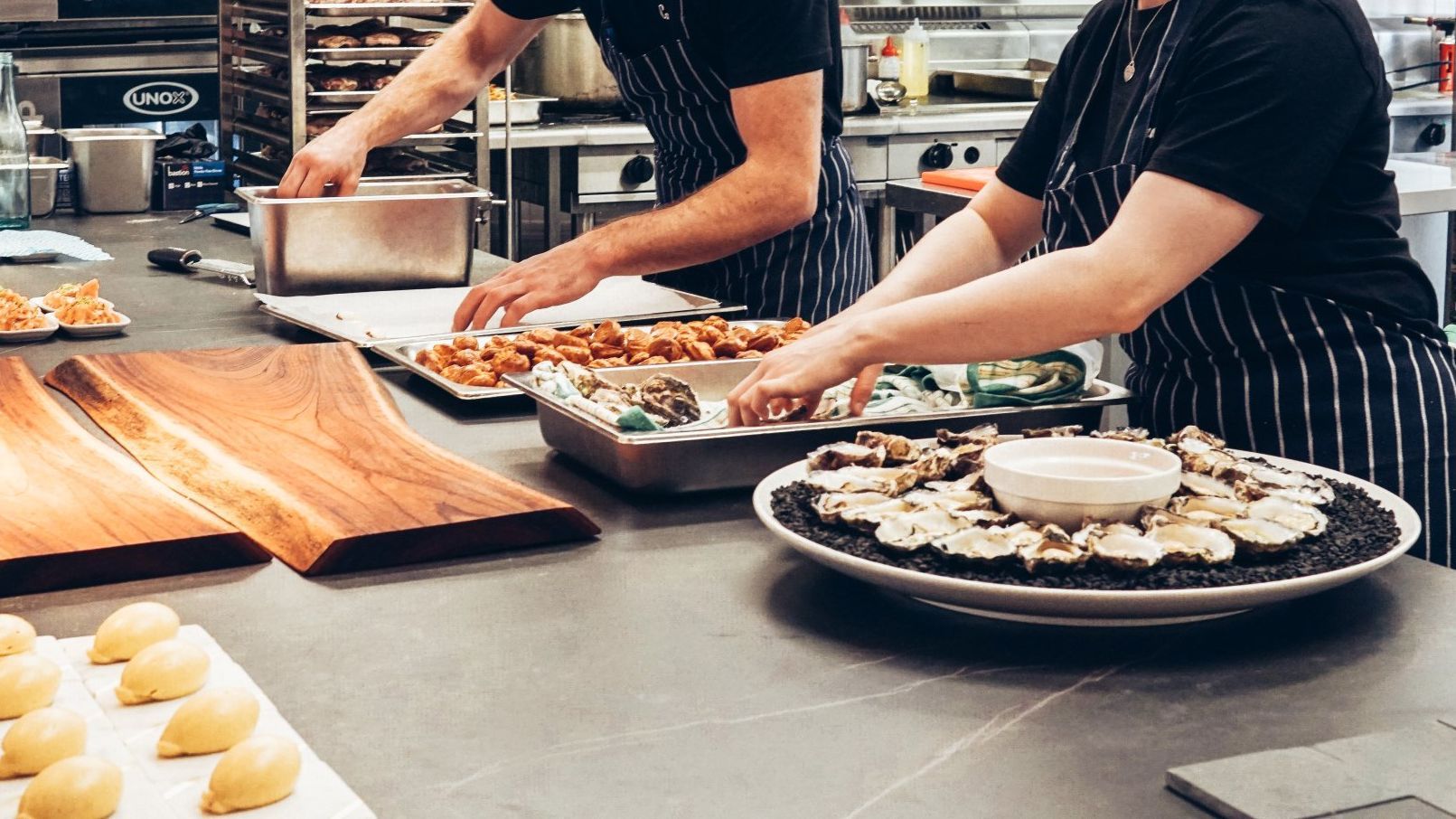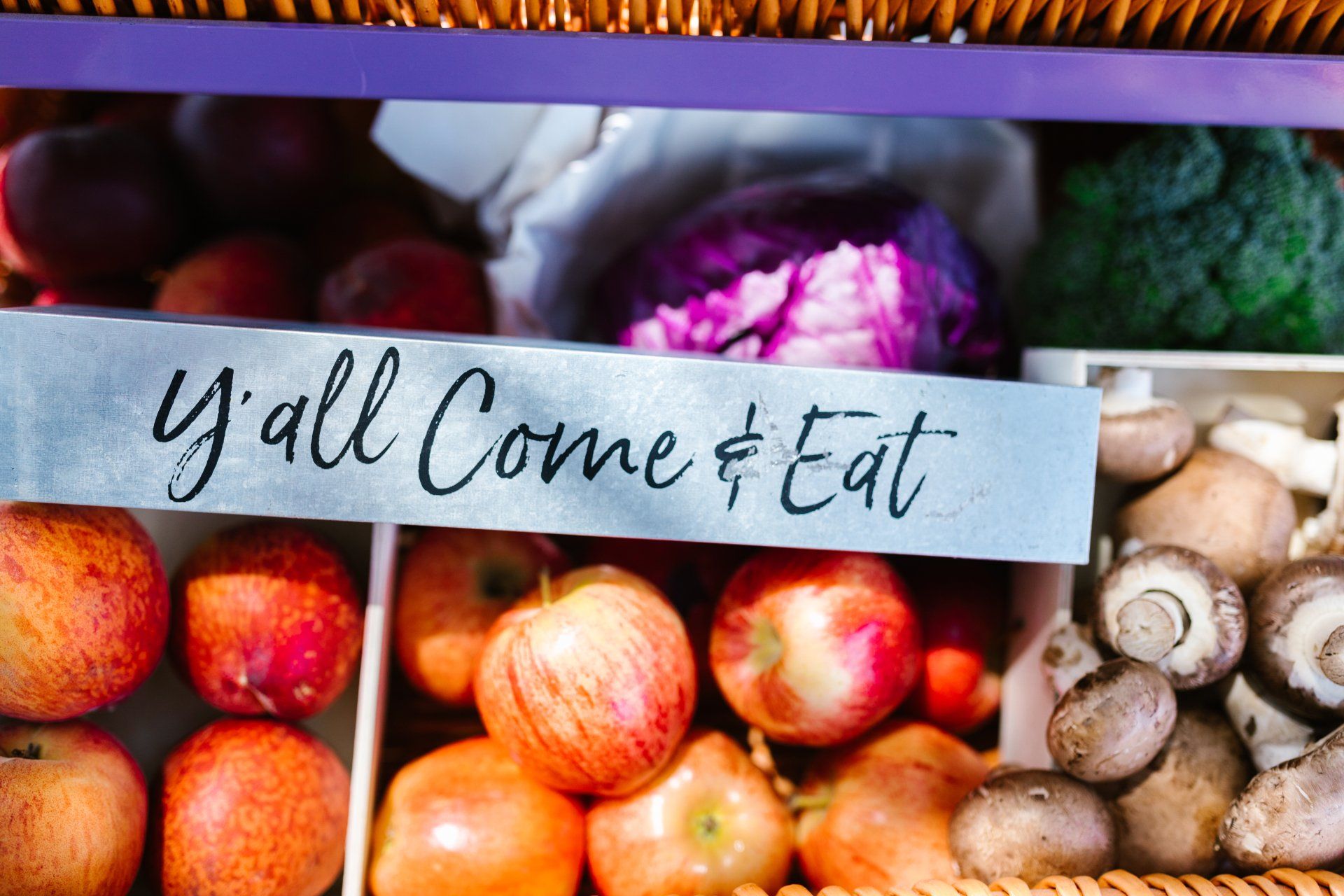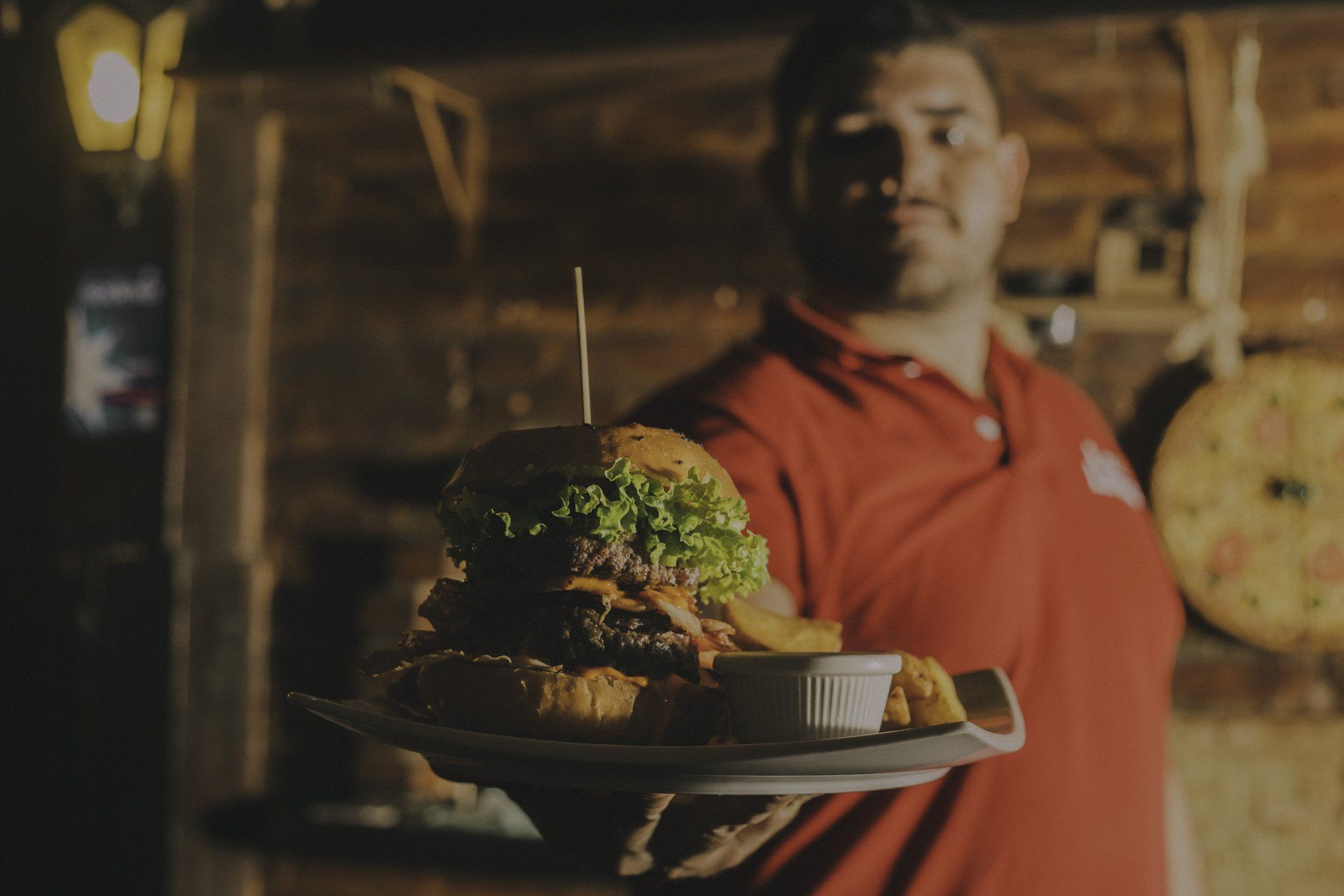Connect & Grow: Using Communication Channels to Enhance Your Hawai`i Food Business
Are you looking to attract more customers and grow your street or mobile food business in Hawai`i?
Understanding the different communication channels and identifying and using the right ones to connect with specific customer demographics can significantly boost your brand, enhance your customer base, and strengthen your foodie community.
The Entrepreneurial Spark
Many street food entrepreneurs begin their journey organically and unexpectedly. You might have catered to a large gathering and received glowing reviews or participated in a festival where your food idea was a hit. Whatever your inspiration, it's crucial to leverage that initial success into a sustainable business. Assessing the validity of your business idea and creating a business model canvas (1-page business plan) will help map your success. One important element is identifying the channels you’ll use to communicate your brand and interact with your customers.
Mastering Communication
Effective communication with your audience is essential, not just for sharing your daily menu but for building lasting relationships. Your customers need opportunities to interact with you, whether to praise your dishes, inquire more about your offerings, or provide feedback.
Key Communication Methods
Understanding and utilizing various communication methods will help you effectively reach and engage your audience:
1.
Verbal Communication: This can be direct conversations at your food cart or through digital means like phone calls and virtual meetings. Such interactions create a personal touch that can differentiate your business.
2.
Written Communication: Keep your customers informed and engaged through texts, emails, social media posts, and even traditional methods like flyers and postcards. These tools are vital for announcing your location, specials, or changes in service hours.
3.
Nonverbal Communication: The way you present yourself and interact with customers can speak volumes. Body language, eye contact, and even the setup of your stall contribute to how customers perceive your business. These cues, though subtle, are powerful in person or through video.
Choosing the Right Channels
Selecting appropriate communication channels is crucial. Different customers may prefer different types of interactions. For instance, younger customers might engage more with social media updates, while others may value face-to-face communication. Listening to customer feedback is key—it can inspire new dishes and help refine your approach.
Engaging to Grow
Communication should be a two-way street. It's not just about selling; it's about engaging in a manner that encourages customers to participate in your business's growth. This could mean involving them in menu decisions or making them feel like part of your brand's community.
Conclusion
For street and mobile food vendors, especially in a diverse place like Hawai`i, understanding how to communicate effectively is more than a necessity—it's a strategy for growth. By choosing the right channels and fostering genuine interactions, you can turn casual eaters into loyal customers and active promoters of your business.











